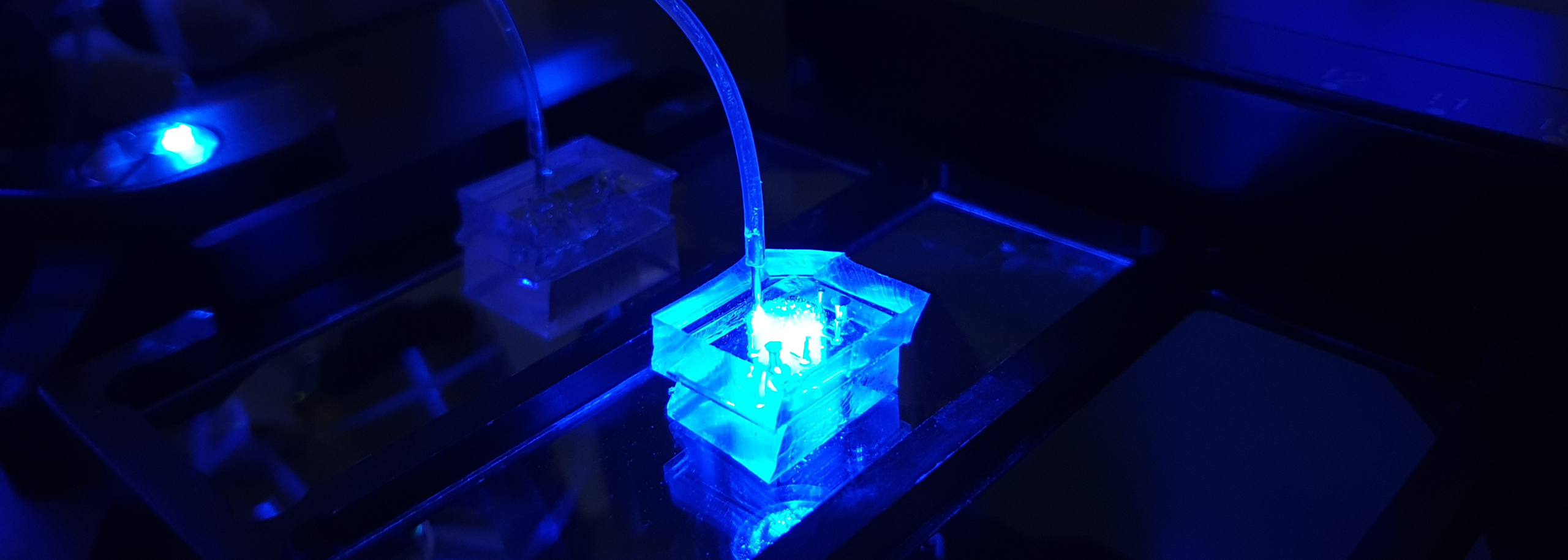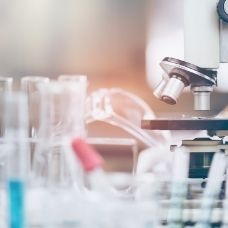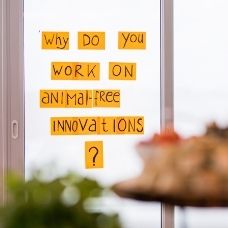Blog written & pictures delivered by Carlo Paggi
In this recurring section “Drijfveren”, scientists tell what motivates them to go against the current. This time it is up to Carlo Alberto Paggi, PhD candidate at the University of Twente. By using organ-on-chip technology, Carlo works on developing a joint-on-chip to find new therapies to treat osteoarthritis.
We feel honored that he made time to answer our pressing questions about him and his work:

Can you tell us a bit more about what you do and what motivates you?
“Osteoarthritis is a degenerative disease that affects millions: in 2018, over 1.4 million people suffered from the disease in the Netherlands. The exact mechanism of the development of this disease is unclear, but risk factors such as age, gender, former injuries, trauma and obesity play an important role.
Currently, in vitro models and animal models are the standard in osteoarthritis research. However, these models present major disadvantages:
- In vitro models usually over-simplify the complexity that is the human body
- Using animal models results in a completely divergent response due to differences in self-healing or inflammation.
Due to the absence of good models that recapitulate both healthy and diseased conditions, the current developing osteoarthritic drugs are uncapable of treating the patient.
This is why I, in combination with AMBER (Applied Microfluids for BioEngineering Research) and DBE (Development BioEngineering), decided to develop a solution that would combine the advantages of both models: the joint-on-chip.”
What is the joint-on-chip and how does it work?
“Organ-on-chips are miniaturized micro-physical systems engineered to efficiently replicate the tissues of our body, with full control on variables such as mechanical and biochemical stimuli.
The joint-on-chip consists of multiple organ-on-chip that, once combined, create a fully functional joint on which we can test drugs without the use of animal models.”
What impact will this chip have on osteoarthritis research?
“Animal models have given us better insight on the nature and development of certain diseases in the past, but as we progress towards more personalized medicine, we know that we have to mimic the human physiology more closely to find a suitable solution.
Our chip allows mimicking of human tissues, because of the use of human cells. The response that we’ll obtain is thus closer to the actual response of the disease on the human body. Moreover, as an in vitro platform, it confers multiple studies without the sacrifice of any lab animals.
We are confident that this platform will not only bring to an overall reduction in animal experimentation, but that it’ll become the golden standard for both basic research and drug application, in particular for osteoarthritis.”
What do you think animal-free innovation will look like in 10 years’ time?
“We hope to set a milestone that will change the world of research forever. In 10 years from now, I would like to visit labs where our technology is currently used, to discuss how this new platform has reduced the use of animal models and how it has benefitted the overall osteoarthritic field.
We are thankful to Proefdiervrij for their financial support, as well as their effort in translating our scientific world into a more familiar context, so that the public can also understand what we do.”
Carlo Paggi: “Let’s make an impact together!”
Carlo inspires us, and more importantly, others. He proves that animal-free science has the future. Thank you Carlo for taking the time to answer our questions. We wish you all the best with your wonderful work and we hope together we can increase our impact towards a labanimal-free world!
Curious about the motivations of other researchers?
You may also like:



